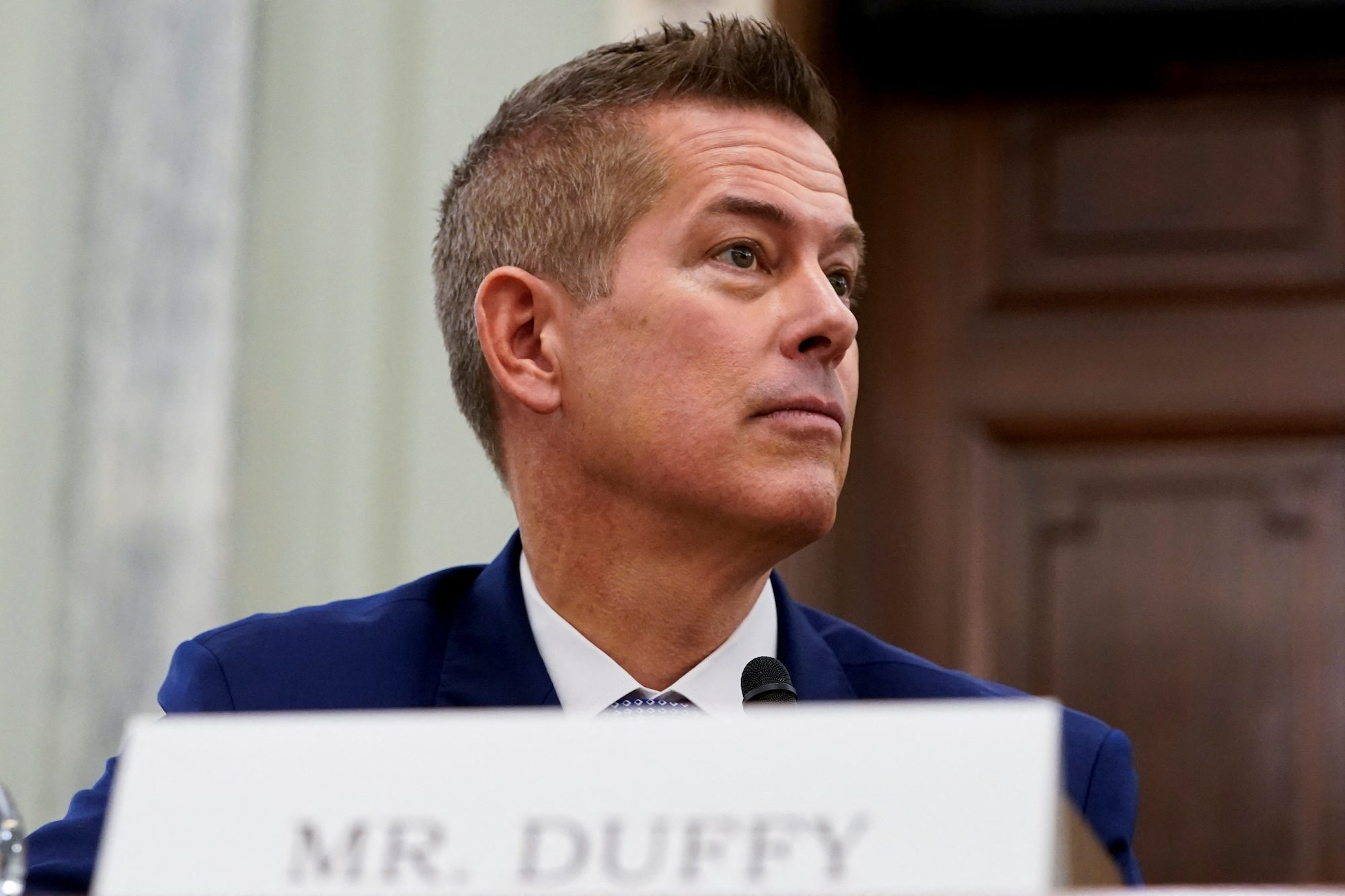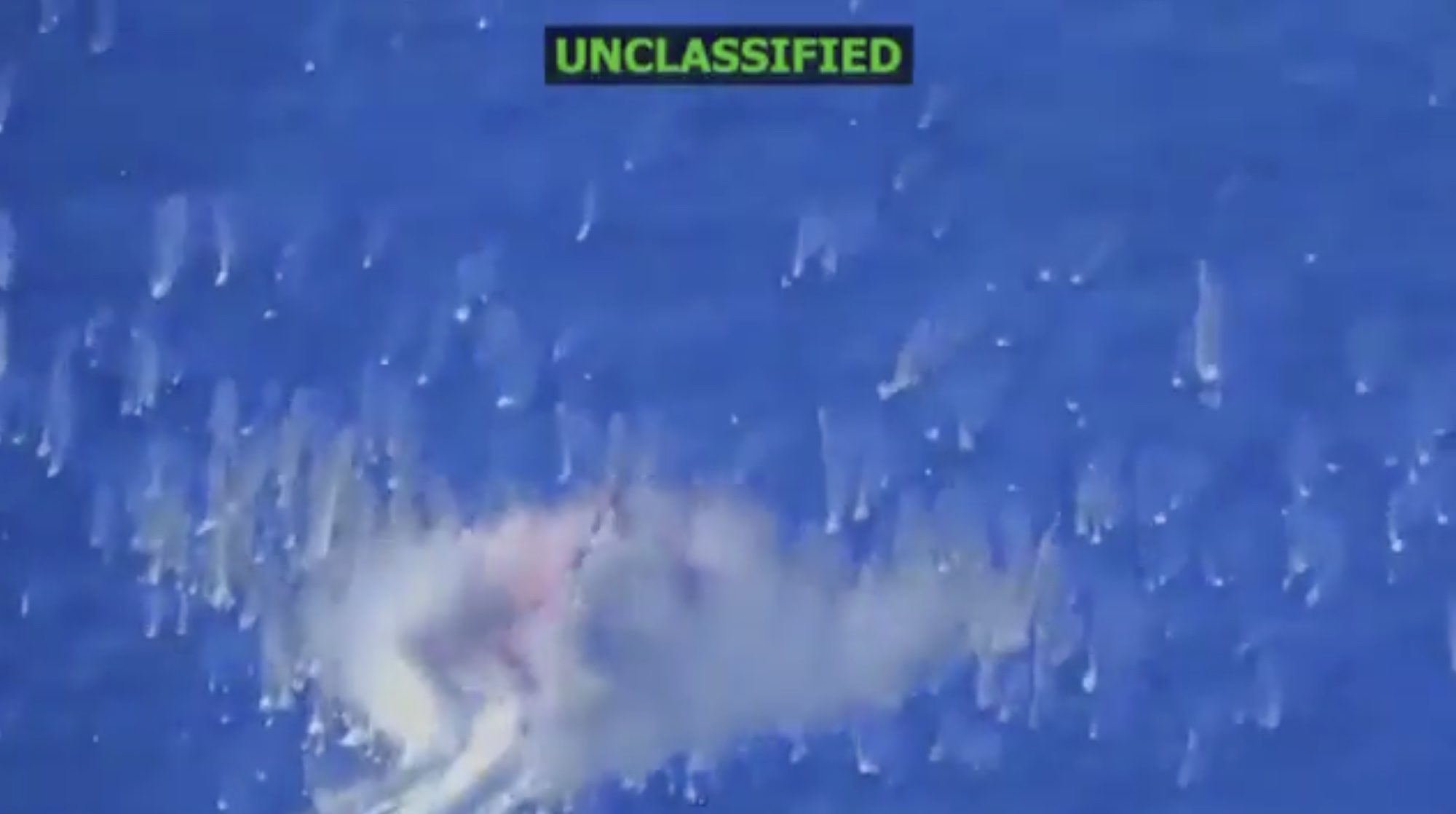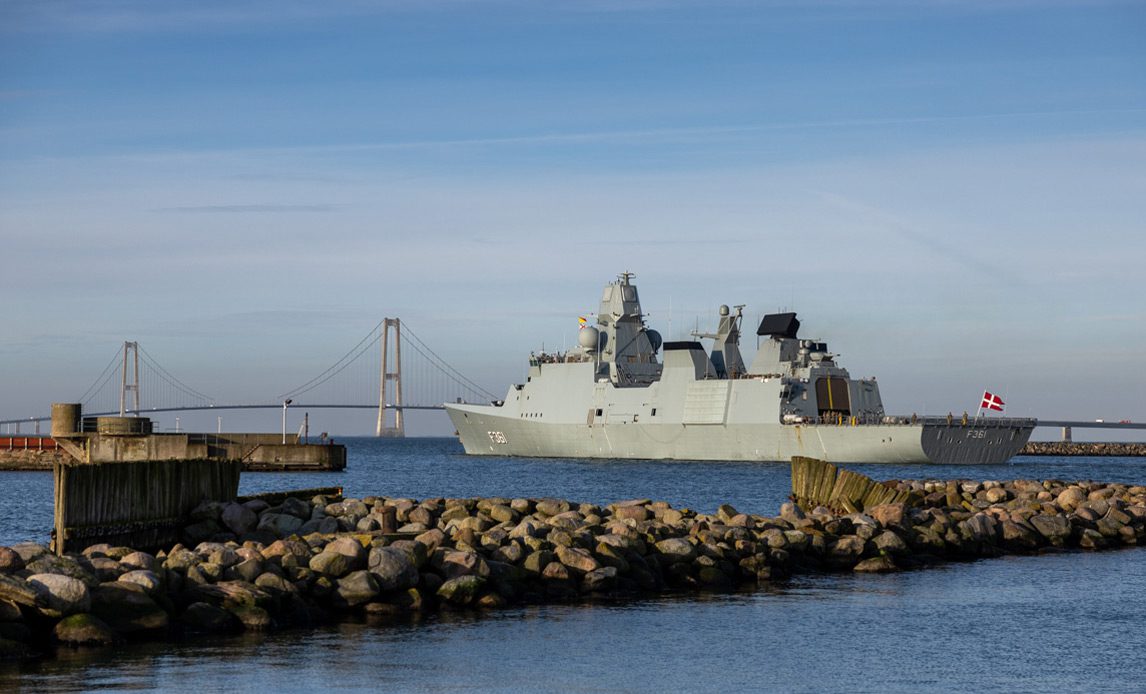The U.S. Maritime Administration (MARAD) is grappling with severe staffing challenges despite a significant budget increase, potentially impacting America’s maritime industrial base revitalization efforts.
According to a new Government Accountability Office (GAO) report, MARAD’s workforce situation has reached a critical point, with a 12.3% vacancy rate as of September 2024, representing 116 unfilled positions out of 941 authorized full-time roles.
The agency, responsible for overseeing U.S. shipping, port and vessel operations, and national security, has seen its budget grow by approximately 314% from 2015 through 2024. However, this financial boost hasn’t translated into workforce stability, according to the GAO.
Of particular concern is the agency’s retirement outlook. The percentage of retirement-eligible staff is projected to surge from 24% in 2024 to 43% by 2029, potentially creating a significant knowledge and experience gap.
“These vacancies have made it increasingly difficult for the staff to accomplish their mission,” MARAD officials acknowledged in the report.
The workforce challenges are further complicated by MARAD’s evolving technical needs. The Office of Shipyards and Marine Engineering has identified emerging requirements for expertise in cybersecurity and artificial intelligence, highlighting the need for modern skillsets in an evolving maritime industry.
While MARAD has initiated some remedial measures, including expanded hiring flexibilities and employee engagement efforts, the GAO found that the agency has not fully implemented key strategic workforce planning principles.
The workforce challenges come at a crucial time when there’s renewed interest in strengthening America’s maritime industrial base. The Secretary of the Navy stressed in May 2024 the need to revitalize shipbuilding and increase available mariners. Additionally, MARAD is overseeing the National Security Multi-Mission Vessel (NSMV) program, with two vessels delivered and three more scheduled by 2027, to replace training ships at State Maritime Academies.
In response to these challenges, MARAD contracted an external contractor in July 2024 to develop a strategic workforce plan, expected to be completed by September 2025. However, the GAO notes that without a comprehensive assessment of future skill gaps and a strategy to address them, MARAD risks being unprepared for current and future mission requirements.
The Department of Transportation has agreed to implement four GAO recommendations, including the development of a strategy to address future skill gaps and the creation of quantifiable measures to track progress.
Former congressman Sean Duffy was recently confirmed as President Trump’s Secretary of Transportation, however the position of MARAD’s Maritime Administrator remains unfilled. Charles Makings, former Deputy Maritime Administrator, has assumed duties as Acting Maritime Administrator.

 Join The Club
Join The Club











